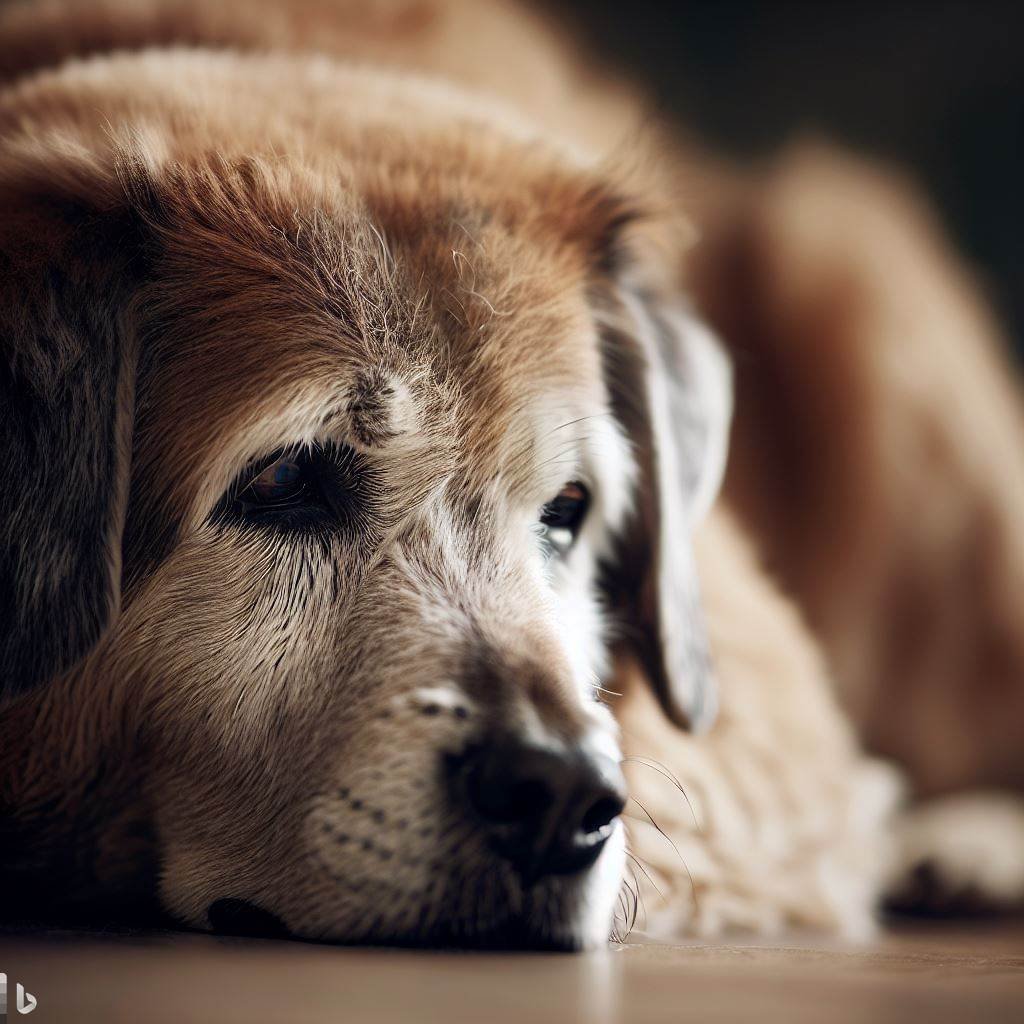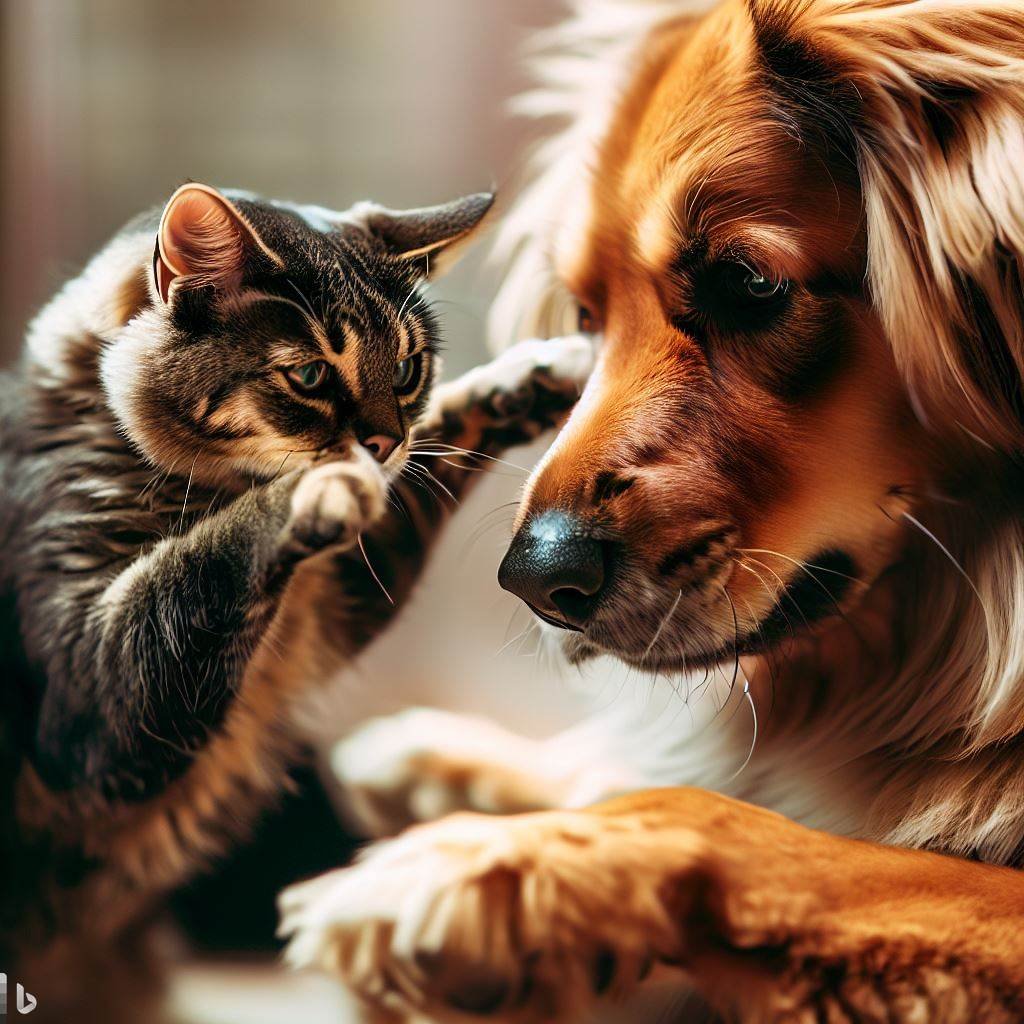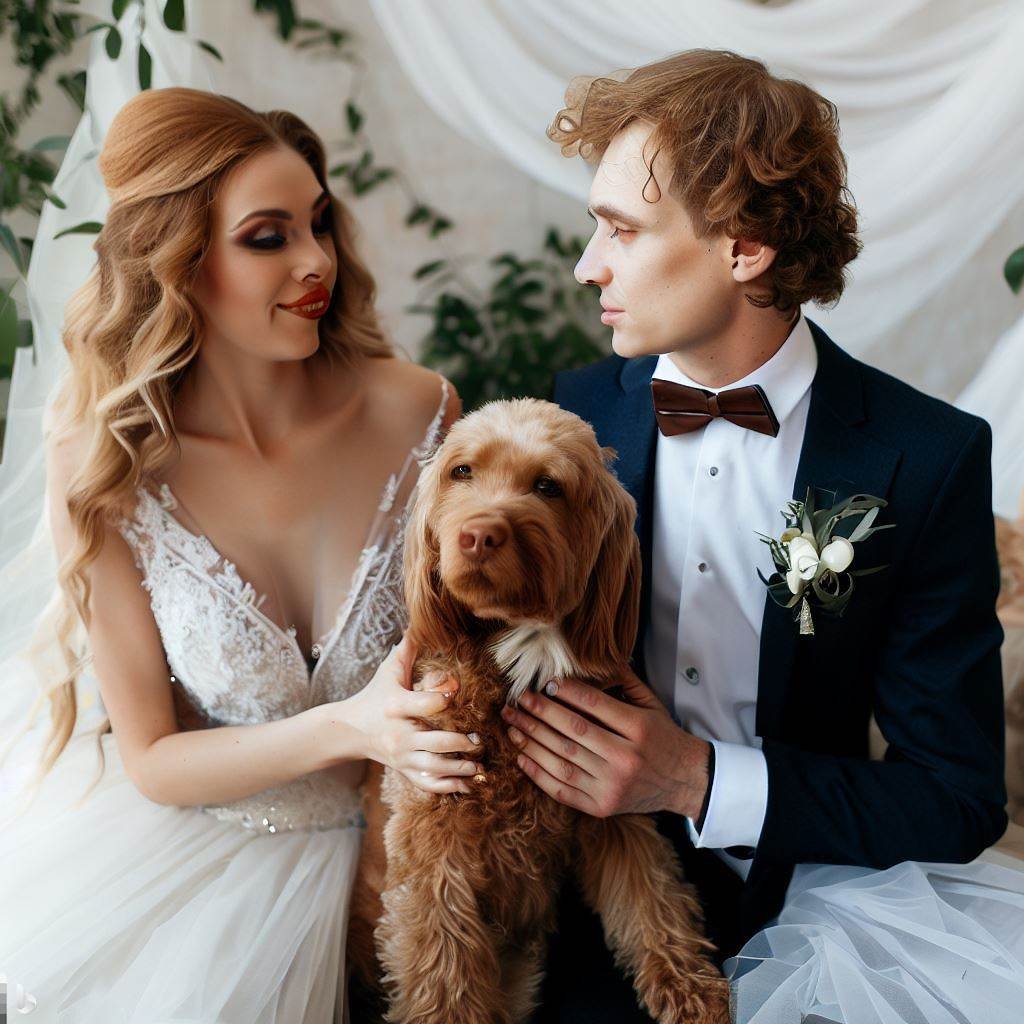Older Dogs Around Younger Non-Related Puppies: A Comprehensive Guide to Introducing Your Older Dog to a New Puppy

If you’re a dog owner, you may have noticed that your older dog behaves differently around puppies than it does around other adult dogs. This is because older dogs have a unique set of needs that must be met when interacting with younger, non-related puppies.
Older dogs can benefit from interacting with puppies in many ways. For one, it can help keep them active and engaged. Older dogs may not have the same energy level as younger dogs, but being around puppies can help them stay alert and active. Additionally, puppies can provide an opportunity for older dogs to practice their social skills, as puppies are often more interested in playing than older dogs.
When introducing an older dog to a puppy, it’s important to be mindful of the age difference. Older dogs may not be as tolerant of a puppy’s energy level or behavior as they would be of another adult dog. Therefore, it’s important to supervise any interactions between the two to ensure that the puppy isn’t overwhelming the older dog.
Additionally, it’s important to provide the older dog with a safe space to retreat to if they become overwhelmed. This could be a crate or another room in the house. This will help ensure that the older dog is comfortable and can take a break if they need to.
Finally, it’s important to give the older dog plenty of attention and affection when introducing them to a puppy. This will help them feel secure and loved, which can go a long way towards making the introduction process smoother.
Overall, introducing an older dog to a puppy can be a rewarding experience for both animals. With the right approach and supervision, the two can form a strong bond that can last for years to come.
Are you considering adding a new puppy to your family? If you already have an older dog, it’s important to make sure that the introduction process goes smoothly.
1. Start Slowly
The first step in introducing your older dog to a new puppy is to start slowly. Keep the two dogs separated for the first few days, allowing them to get used to each other’s presence without any direct interaction.
2. Use Positive Reinforcement
When you do start allowing the two dogs to interact, make sure that you use positive reinforcement. Reward both dogs for good behavior, and never punish them for bad behavior.
3. Supervise Interactions
It’s important to supervise all interactions between your older dog and the new puppy. This will help prevent any aggressive behavior and ensure that both dogs are safe.
4. Give Your Older Dog Plenty of Attention
Adding a new puppy to the family can be stressful for your older dog. Make sure that you give your older dog plenty of attention during this time, so they don’t feel left out.
5. Be Patient
Introducing a new puppy to an older dog can take time. Be patient and don’t rush the process. With time and patience, your two dogs will become best friends.



Comments are closed, but trackbacks and pingbacks are open.